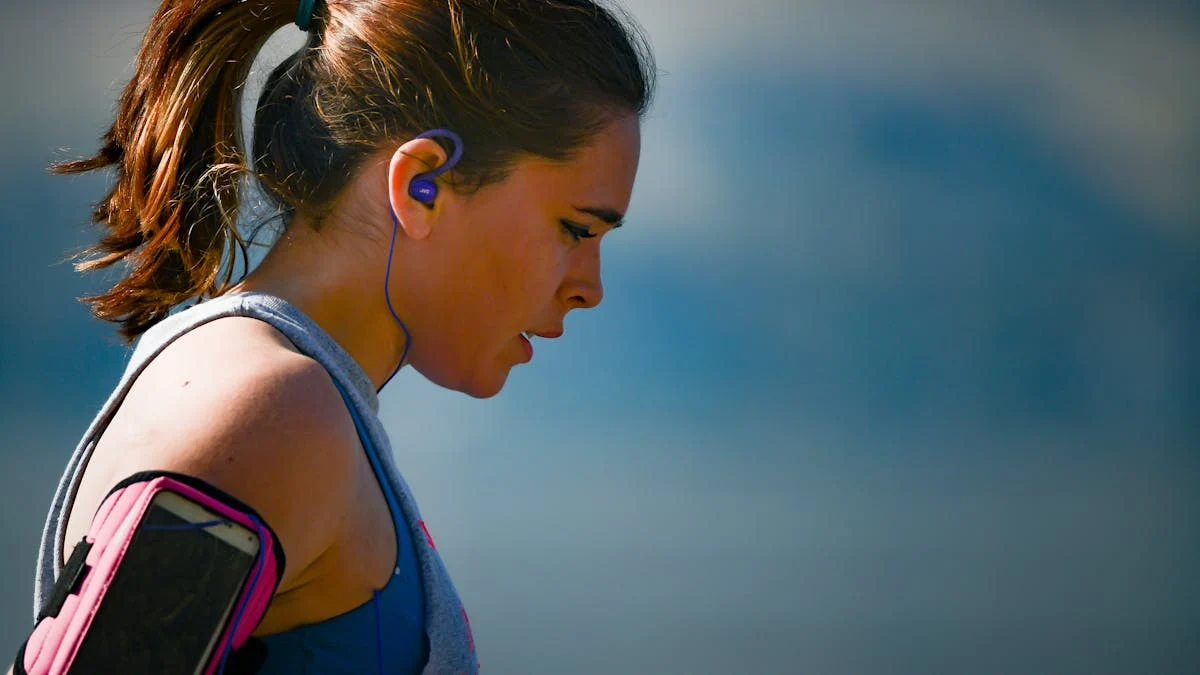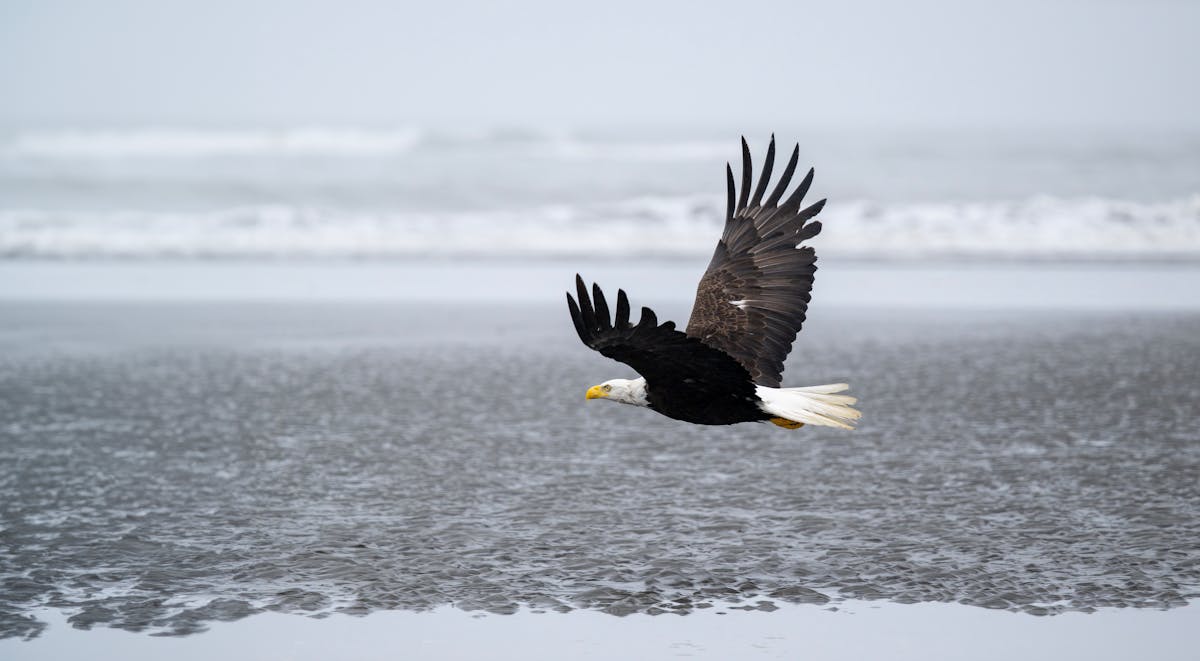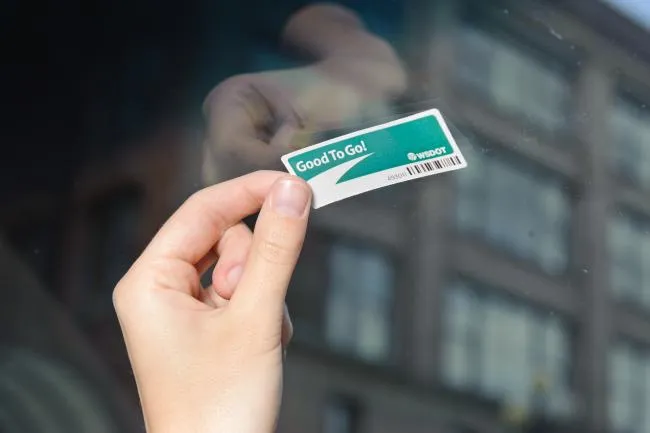As a passionate explorer, I can tell you that Washington state offers an incredible diversity of experiences, from bustling urban centers to dramatic volcanic peaks and rugged coastlines. Deciding where to go in Washington can feel overwhelming with so many captivating options. This guide, infused with practical travel insights, including navigating the state’s toll roads, will help you plan an unforgettable journey and truly immerse yourself in the Evergreen State’s unique blend of nature and culture. Whether you seek outdoor adventure, city excitement, or historical exploration, Washington has something extraordinary waiting for you.
Iconic Cities and Cultural Hubs
Seattle stands as Washington’s vibrant heart, a dynamic city set against a backdrop of water and mountains. When considering where to go in Washington for urban exploration, Seattle is often the first thought. Visit the historic Pike Place Market, ride to the top of the iconic Space Needle for panoramic views, and explore world-class museums like the Museum of Pop Culture (MoPOP) or the Seattle Art Museum.

Beyond Seattle, Tacoma offers a thriving arts scene, particularly known for its glass art at the Museum of Glass. Spokane in Eastern Washington provides a different urban experience, centered around the picturesque Spokane River and Riverfront Park. Each city adds a distinct flavor to the question of where to go in Washington.
Nature’s Majesty: National Parks and Outdoor Adventures
For those asking where to go in Washington to connect with nature, the state’s three stunning National Parks are must-sees. Mount Rainier National Park features the majestic, snow-capped volcano dominating the skyline, offering incredible hiking trails and alpine meadows in summer. Olympic National Park is a realm of incredible diversity, encompassing temperate rainforests, rugged coastline, and glaciated mountains.
North Cascades National Park, often called the “American Alps,” presents dramatic peaks, turquoise lakes, and extensive wilderness. These parks provide endless opportunities for hiking, climbing, camping, and simply soaking in the breathtaking natural beauty, making them prime answers to where to go in Washington for outdoor enthusiasts.
Coastal Charms and Island Escapes
Washington’s coastline and islands offer a tranquil escape. The Olympic Peninsula features dramatic sea stacks, wild beaches, and the unique Hoh Rainforest. For a different pace, head north to the San Juan Islands. These islands are accessible by ferry and offer charming towns, scenic drives, whale watching tours, and kayaking adventures.
Exploring these coastal areas adds another dimension to planning where to go in Washington, providing serene landscapes and marine wildlife encounters that contrast with the mountainous and urban areas. Ferry travel itself is a quintessential Washington experience.
Eastern Washington: Deserts, Rivers, and Wine
Crossing the Cascade Mountains reveals a completely different landscape in Eastern Washington – a region of rolling hills, fertile farmland, and arid beauty. This area is increasingly recognized for its growing wine industry, particularly in regions like Walla Walla and the Yakima Valley.
What to Eat in Fort Worth – A Culinary Deep Dive
11 Must-Visit places to go in nevada for Your 2025 Trip
12 Unforgettable Fun Things to Do in Vegas for Couples
Activities include exploring the Palouse Falls State Park, a stunning waterfall set in a canyon, or enjoying water sports on the Columbia River. This diverse geography ensures that where to go in Washington isn’t limited to its famous western side.
Practical Tips for Exploring Washington
Getting around Washington state is relatively straightforward, but requires some planning depending on your chosen destinations. Flying into Seattle-Tacoma International Airport (SEA) is common for visitors. Public transportation is available in major cities, but exploring the national parks and rural areas often necessitates a car.

Renting a car offers flexibility to see diverse landscapes. When driving, be mindful of road conditions, especially during winter in mountain passes. Also, familiarize yourself with the state’s toll roads, particularly around the Seattle metropolitan area.
Driving and Toll Roads in Washington
As you plan where to go in Washington, be aware that several key routes, especially in urban corridors, utilize electronic tolling. Understanding how these tolls work is essential for smooth travel and avoiding unexpected fees. The state uses the Good To Go! system for managing tolls.

Having a Good To Go! account is the most convenient and cost-effective way to pay tolls while traveling in Washington. It applies to all toll roads in the state, eliminating the need for cash or worrying about receiving bills by mail.
Understanding Washington’s Toll System: Good To Go!
The Good To Go! system offers significant advantages for drivers in Washington. Account holders save money on every single toll trip compared to paying by mail. There are no monthly fees associated with having a Good To Go! account itself.
The primary benefits include cost savings, as drivers with a pass or account pay a lower rate, and unparalleled convenience through automatic payment options. You can choose an option that suits your needs and avoid the hassle of manual payments.
Good To Go! Accounts: Saving Time and Money
There are two main types of Good To Go! accounts available: Pre-Paid and Pay As You Go. Both account types qualify you for the lowest toll rate available. The choice depends on your preference for funding your account.
The Pre-Paid option requires an initial $30 balance, which is then automatically refilled via a linked credit card or electronic check when it gets low. The Pay As You Go option requires no initial balance; tolls are charged directly to your linked credit card twice per month after you’ve traveled.
 Installing a Good To Go! sticker pass on a car windshield in Washington
Installing a Good To Go! sticker pass on a car windshield in Washington
Good To Go! Passes Explained
While having a Good To Go! account is the main step to saving money, using a Good To Go! pass offers additional benefits and convenience, though you can still save money with just an account (minus a small per-trip fee). There are four types of passes designed for different needs.
The basic Sticker Pass is the most common. The Flex Pass allows carpoolers to travel toll-free on specific express lanes (I-405 and SR 167) when meeting occupancy requirements. The Motorcycle Pass is designed for motorcycles, allowing free travel on I-405/SR 167. The License Plate Pass is for vehicles where the windshield interferes with standard passes. Using a pass avoids a 25-cent fee charged per trip for account holders without a pass.
What If You Don’t Have an Account? Pay By Mail
If you drive on a Washington toll road without a Good To Go! account, your license plate will be photographed, and a toll bill will be mailed to the registered owner. Be aware that the Pay By Mail rate is $2 higher per trip than the Good To Go! rate.
It’s generally recommended to avoid this method if possible due to the higher cost. Also, be cautious of third-party payment services, which may add extra fees and aren’t officially endorsed.
Handling Toll Bills, Late Fees, and Disputes
It is crucial to pay any toll bills you receive promptly. Ignoring a toll bill can result in escalating fees. If a bill is not paid by its initial due date, a $5 late fee is assessed. If the toll remains unpaid for 80 days, a $40 civil penalty is issued per unpaid toll trip.
Failure to pay civil penalties can lead to a hold being placed on your vehicle registration by the Department of Licensing. Unpaid tolls and penalties may also be sent to collections, incurring additional service fees.
Penalty Forgiveness and Disputes
Washington state offers a one-time penalty forgiveness program for drivers who have received civil penalties. To be eligible, you must contact Good To Go! customer service and request a waiver of late fees and penalties, provided you pay all the original tolls owed at that time.
If you believe you were incorrectly charged a toll, you can dispute it online via MyGoodToGo.com. Valid reasons for dispute include not owning the vehicle at the time of the toll (requiring proof of sale), the vehicle or plate being stolen (requiring a police report), or the registered owner being deceased (requiring a death certificate). Simply driving on a toll road by mistake or lending your car are not valid reasons for dispute, as the registered owner is legally responsible.
Visitor Options for Paying Tolls
Visitors wondering where to go in Washington and how to handle tolls without committing to a full account have a convenient option. You can open a temporary Good To Go! account. Simply mark it as temporary when signing up.
This allows you to use the Pay As You Go payment option, with tolls charged automatically to your credit card after your trip. You can set a date within 90 days for the account to automatically close. While you won’t get a pass with this temporary option (and thus can’t carpool toll-free in express lanes or use SR 167 HOT lanes solo), you will still save $1.75 per toll compared to the Pay By Mail rate and avoid waiting for bills. If using a rental car, always check the rental agency’s specific toll policy beforehand, as they may add administrative fees.
Frequently Asked Questions About Washington Tolls
Still have questions about tolls as you plan where to go in Washington? Here are some common queries.
Do I need a Good To Go! account to drive on Washington toll roads?
No, you are not required to have a Good To Go! account. However, having an account, even a temporary one for visitors, is the cheapest and most convenient way to pay tolls. Without an account, you will be billed by mail at a higher rate.
How much can I save with a Good To Go! account?
Drivers with a Good To Go! account (and ideally a pass) save $2 on every toll trip compared to paying by mail. Account holders without a pass still save $1.75 per trip (the $2 savings minus a 25-cent per-trip fee).
What happens if I miss a toll payment?
If you don’t pay a toll bill by the due date, a $5 late fee is added. If it remains unpaid for 80 days, a $40 civil penalty per unpaid toll trip is assessed. Failure to pay civil penalties can result in a hold on your vehicle registration and potentially collection agency involvement.
Can visitors get a Good To Go! account?
Yes, visitors can open a temporary Good To Go! account set to automatically close within 90 days. This allows them to use the Pay As You Go option and pay the lower account rate (minus the 25-cent per-trip fee if no pass is used) without receiving mail bills.
Where can I get a Good To Go! pass?
Passes can be purchased online at MyGoodToGo.com, by phone, or at select retail locations like QFC and Fred Meyer stores (check availability beforehand).
Conclusion
Deciding where to go in Washington opens up a world of possibilities, from exploring the dynamic cityscape of Seattle to hiking the majestic trails of Mount Rainier or kayaking around the serene San Juan Islands. Each region offers a unique experience, contributing to Washington’s status as a premier travel destination.
While planning your adventure, remember that understanding practical aspects like the Good To Go! toll system is key to a smooth and enjoyable trip. By utilizing the account options available, you can navigate the state’s roads efficiently and cost-effectively, leaving you more time and budget to fully explore the incredible natural beauty, rich culture, and fascinating history that Washington state has to offer. Start planning your journey today – the Evergreen State is waiting!
